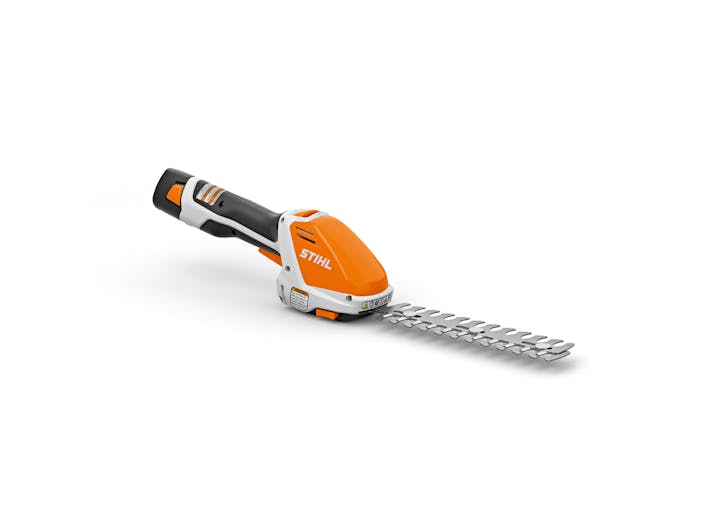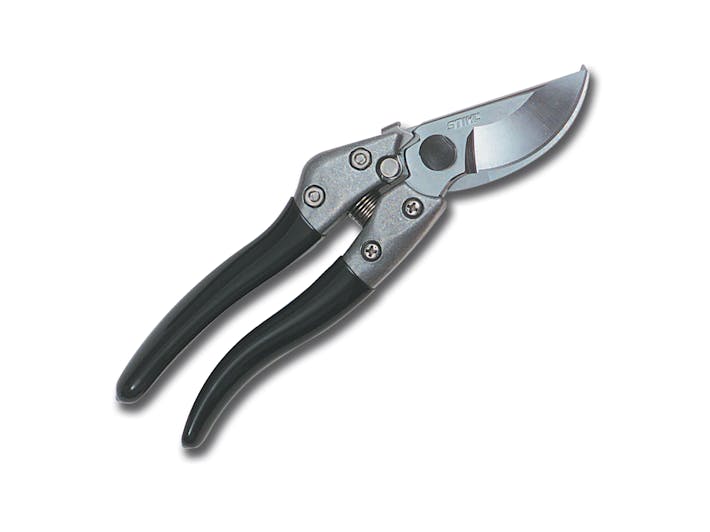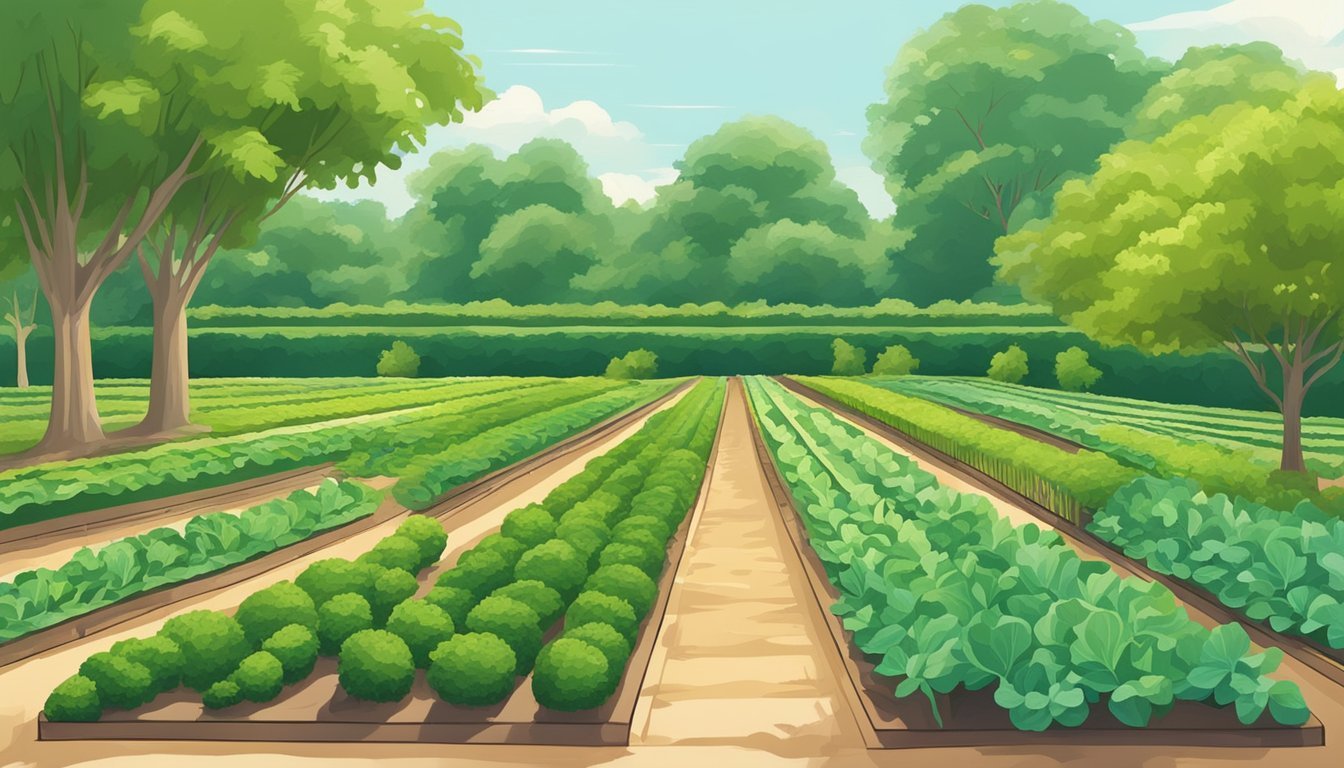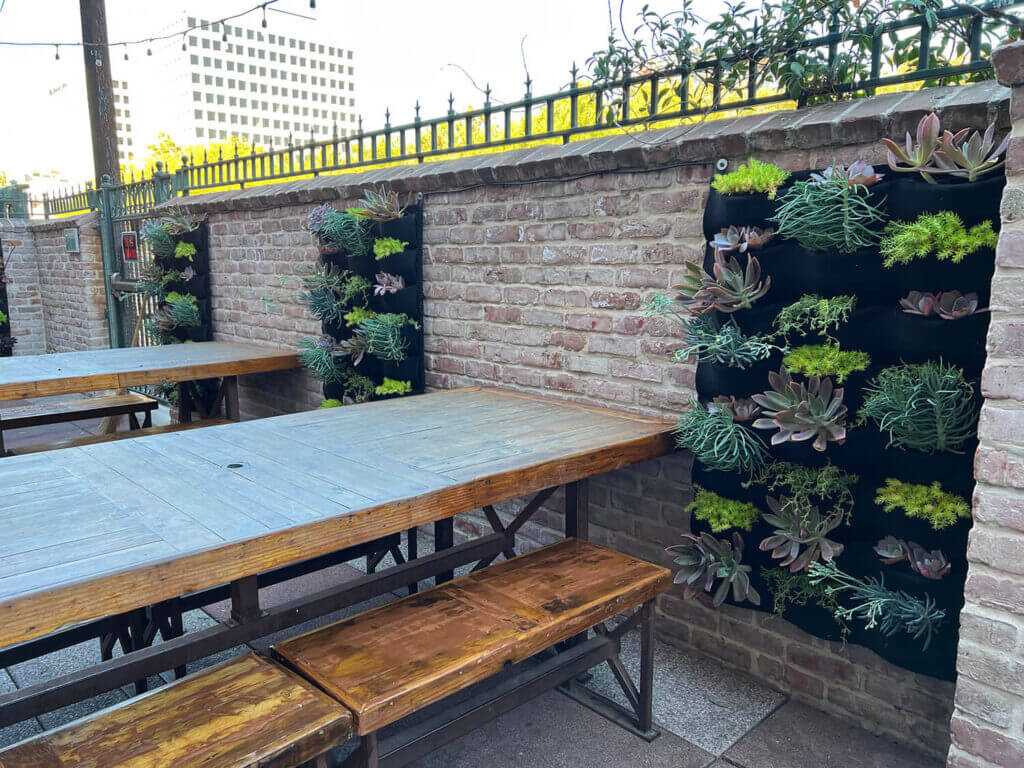Proper maintenance and storage are crucial for ensuring the longevity and effectiveness of hand gardening shears. A well-cared-for pair of hand gardening shears can make your gardening tasks more manageable and enjoyable. From pruning trees to deadheading flowers, these versatile tools are a gardener's best friend.
With the right technique and regular sharpening, your hand gardening shears can help you create a beautiful and thriving garden. Understanding how to use them correctly will improve your gardening skills and enhance the overall appearance of your outdoor space.

Credit: www.stihlusa.com
The Importance Of Hand Gardening Shears
Hand gardening shears are essential tools for anyone passionate about tending to their garden. These handy shears offer precision and control, making them indispensable for various gardening tasks.
Sharp And Precise Cuts
Hand gardening shears provide sharp blades that enable precise cuts, ensuring clean and accurate pruning without causing damage to plants.
Versatility For Various Tasks
Hand gardening shears are versatile tools that can be used for a wide range of tasks, including pruning, trimming, and shaping plants with ease and efficiency.

Credit: www.amazon.com
Choosing The Right Hand Gardening Shears
Choosing the Right Hand Gardening Shears:
Consider The Cutting Mechanism
Choose between traditional cutting blades or bypass pruners for precise cuts.
Ergonomic Design For Comfort
Select shears with padded handles and adjustable grips for comfortable extended use.
Maintaining Your Hand Gardening Shears
To keep your hand gardening shears in top condition, regularly clean off dirt and debris, oil the blades to prevent rust, and sharpen them for a clean cut. Proper maintenance ensures that your shears will remain effective and last for a long time.
Maintaining Your Hand Gardening Shears Regular Cleaning and Lubrication To maintain the efficiency and longevity of your hand gardening shears, it is crucial to regularly clean and lubricate them. After each use, wipe the blades with a damp cloth to remove any dirt, sap, or moisture. Additionally, consider using a mild soap solution to clean the blades more thoroughly. Doing so will prevent the buildup of debris and minimize the risk of corrosion. Once cleaned, apply a thin layer of lubricant to the pivot point and blades to keep them moving smoothly. Sharpening the Blades Sharpening the blades of your hand gardening shears is essential for ensuring clean and precise cuts. Over time, the blades can become dull, affecting their cutting performance. To sharpen them effectively, use a sharpening stone or file to remove any nicks or imperfections along the cutting edge. Work the stone or file along the beveled edge of each blade, maintaining a consistent angle to achieve a sharp edge. Regular sharpening will enhance the overall functionality of your hand gardening shears. ```html| Regular Cleaning and Lubrication | Sharpening the Blades |
|---|---|
| Regularly clean the blades with a damp cloth and mild soap solution | Use a sharpening stone or file to remove nicks and imperfections |
| Apply a thin layer of lubricant to the pivot point and blades | Work the stone or file along the beveled edge of each blade |

Credit: www.stihlusa.com
Techniques For Effective Use
Hand gardening shears are an essential tool for maintaining a healthy and well-shaped garden. Understanding the right techniques for using these shears is crucial to achieving optimal results. In this section, we will explore two important aspects of effective use: proper cutting angles and pruning different types of plants.
Proper Cutting Angles
When it comes to using hand gardening shears, having the correct cutting angles is essential to promote healthy growth and prevent damage to plants. Here are some guidelines to follow:
- Maintain a 45-degree angle: While cutting branches or stems, it's crucial to keep the shears at a 45-degree angle. This angle allows for a clean cut, reducing the risk of tearing or ragged edges.
- Avoid cutting too close or too far: While pruning, make sure not to cut too close to the main stem or too far from it. Cutting too close may harm the plant, while cutting too far can hinder new growth.
- Consider the branch collar: The branch collar is the swollen area where the branch connects to the main stem. When pruning, make sure the cut is just outside the branch collar, as this promotes quicker healing and prevents disease.
Pruning Different Types Of Plants
Each plant has its own unique growth pattern and requirements when it comes to pruning. Here are some techniques to consider based on the type of plants you are working with:
| Plant Type | Pruning Technique |
|---|---|
| Fruit trees | Prune during the dormant season to shape the tree and encourage fruit production. Remove dead or damaged branches and thin out excessive growth for better air circulation. |
| Flowering shrubs | After blooming, remove any dead or faded flowers to stimulate new growth. Prune for shape and size during the dormant season. |
| Herbaceous perennials | Cut back the entire plant to the ground during the dormant season or after it has finished flowering. This encourages fresh growth in the following season. |
By understanding the specific needs of different plants, you can ensure proper pruning to promote healthy growth and enhance the overall appearance of your garden.
Using hand gardening shears effectively involves employing the right cutting angles and employing appropriate pruning techniques for different plant types. By following these guidelines, you'll be well on your way to maintaining a thriving and vibrant garden.
Enhancing Your Garden With Hand Gardening Shears
Your garden is your own personal oasis, a place where you can relax, unwind, and connect with nature. It's important to keep your garden looking neat and beautiful, and one tool that can help you achieve this is hand gardening shears. These versatile and essential tools are perfect for enhancing the overall appearance of your garden. From creating neat and tidy borders to shaping ornamental plants, hand gardening shears are a must-have for any gardening enthusiast. In this section, we will explore how hand gardening shears can take your garden to the next level.
Creating Neat And Tidy Borders
Nothing enhances the overall look of your garden quite like well-defined borders. With hand gardening shears, you can easily create clean and crisp lines that separate your garden beds from your lawn or walkways. This not only adds a touch of elegance to your garden but also helps to keep it organized and visually appealing. By using hand gardening shears, you can trim away any overgrown plants or grass along the edges, giving your garden a clean and manicured appearance.
Shaping Ornamental Plants
Ornamental plants are a beautiful addition to any garden, but they can sometimes become unruly and lose their shape. Hand gardening shears are the perfect tool for shaping these plants and maintaining their desired form. Whether you have hedges, topiaries, or boxwoods, hand gardening shears allow you to trim and shape them with precision. With a few skillful snips, you can transform an overgrown plant into a perfectly sculpted masterpiece.
Remember, it's important to regularly shape your ornamental plants to keep them looking their best. By using hand gardening shears, you can ensure that your plants maintain their desired shape and continue to enhance the overall beauty of your garden.
Frequently Asked Questions On Hand Gardening Shears
What Are Hand Gardening Shears?
Hand gardening shears are small handheld cutting tools used for trimming, shaping, and pruning plants. They usually have two sharp blades that cut by closing together, making them ideal for precise and delicate work in the garden.
How Do You Use Hand Gardening Shears?
To use hand gardening shears, hold them with a firm grip and position the blades where you want to make the cut. Squeeze the handles together to close the blades and make a clean cut. Remember to always prune at a 45-degree angle for optimal plant health.
What Types Of Plants Can Be Pruned With Hand Gardening Shears?
Hand gardening shears can be used to prune a variety of plants, including shrubs, hedges, flowers, and herbs. They are versatile enough to trim small branches, deadhead flowers, shape topiaries, and maintain overall plant health.
How Often Should I Sharpen Hand Gardening Shears?
It is recommended to sharpen hand gardening shears at least once a year to maintain their cutting efficiency. However, the sharpening frequency may vary depending on the frequency of use and the type of plant material being cut. Regularly inspect the blade edges for any signs of dullness.
Conclusion
Investing in a quality pair of hand gardening shears is essential for maintaining a healthy, thriving garden. With the right shears, you can effortlessly prune, trim, and shape your plants to perfection. By understanding the features and benefits of different shears, you can choose the perfect tool for your specific gardening needs.
:max_bytes(150000):strip_icc()/companion-planting-lead-garden-getty-0323-2000-2dcfd192b0604077bbcf564392466ca1.jpg)

:max_bytes(150000):strip_icc()/usda-gardening-zones-map-illustration-0223-2000-8b074ac975cd40db8bea67ce03136c59.jpg)





:strip_icc()/DeanRiddle_Lobel_JuneGarden-1-1_preview-ceed82770a7f496197804d4b3db47f63.jpg)
:max_bytes(150000):strip_icc()/Eden-Garden-Design_courtyard_Greg-Thomas-Photography-0223-2000-a3ecb6b0556d4e63835a74868511bbd8.jpg)
:strip_icc()/beautiful-backyard-9m5TLyolK7O8wOthw2zojq-b94978095212441dbe110278d977db2e.jpg)


:max_bytes(150000):strip_icc()/outdoor-furniture-pieces-composite-0423-3294e835f8e847a5b2844755ab395220.jpg)